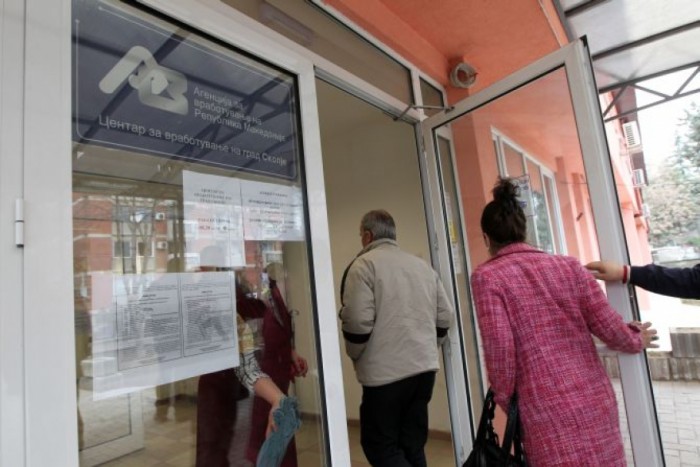Discrepancies between the size of the workforce reported by the State Statistics Bureau (DZS) and the Employment Agency (AVRM) have prompted allegations that the numbers are being “massaged” to make the drop in unemployment seem bigger than it actually is.
According to the Statistics Bureau, there are a total of 168.180 unemployed citizens by the end of June 2019. AVRM, on the other hand, puts their number at 189.506.
AVRM is seen as having stricter criteria of the two, given that it requires job seekers to report twice a year or even every month, in order to claim unemployment benefits and is quick to remove those who fail to do so from the rolls. This makes the DZS numbers appear significantly deflated, and they are crucial in reporting the unemployment rate.
Prime Minister Zoran Zaev loves to tout the dropping unemployment rate and even claims the significant reduction in unemployment that occurred under the free market term of Nikola Gruevski, to his own credit.
The unemployment rate was a whopping 38 percent when Gruevski took over in 2006, and following a round of tax cutting and reduction in red tape, which drew a number of major manufacturing companies to Macedonia, the rate dropped to 26 percent in late 2015, when Gruevski was forced to resign over the course of the political crisis sparked by Zaev.
In March 2019, Zaev claimed an unemployment rate of 19,4 percent, based on DZS data. Now, only six months later, Zaev cites the DZS report to claim that the unemployment rate is only 17.5 percent, which would be great news for the chronically troubled Macedonian labour market, if the DZS data are reliable. The gap between this institution and the significantly worse Employment Agency numbers is yet to be clarified.





Comments are closed for this post.